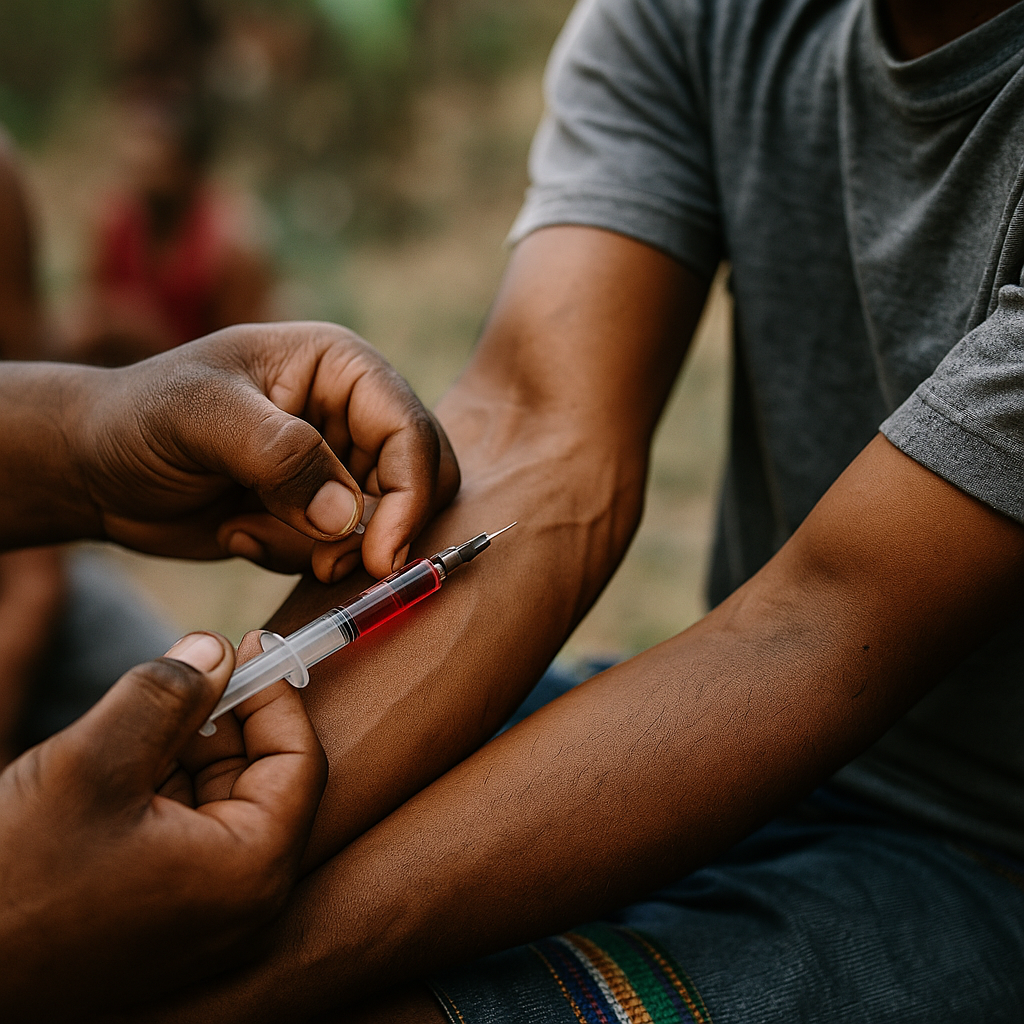Recognizing HIV symptoms early can make a big difference in long-term health. HIV progresses in stages, each with unique signs. In 2025, awareness of these symptoms is more important than ever. What should you look for, and when is it time to get tested?
Table of Contents
- Stage 1: Acute HIV Infection
- Stage 2: Clinical Latency
- Stage 3: Symptomatic HIV or AIDS
- When to Get Tested and Seek Help
- Conclusion
- FAQ
Stage 1: Acute HIV Infection
Within 2 to 4 weeks after exposure, many people develop flu-like symptoms. This is the body’s natural response to the virus. Common early signs include:
- Fever
- Swollen lymph nodes
- Sore throat
- Rash
- Muscle and joint aches
Because these symptoms resemble other viral illnesses, many people don’t realize they’re infected. Getting tested is the only way to know for sure.
Stage 2: Clinical Latency
Also known as the asymptomatic stage, this period can last years—even decades—with proper treatment. During this stage, the virus is still active but reproduces at low levels.
There may be no symptoms at all, which is why regular HIV testing is critical. People on antiretroviral therapy (ART) can maintain undetectable viral loads and live healthy lives for many years.
Stage 3: Symptomatic HIV or AIDS
If untreated, HIV progresses to AIDS. This stage includes more severe symptoms due to a weakened immune system. Signs may include:
- Rapid weight loss
- Chronic diarrhea
- Frequent infections
- Night sweats
- Extreme fatigue
Opportunistic infections—like pneumonia or certain cancers—may also develop. Immediate medical care is essential at this stage.
When to Get Tested and Seek Help
If you suspect exposure or experience flu-like symptoms after risky behavior, get tested as soon as possible. Early detection leads to better outcomes. You can Find HIV Lab Tests on Healthcare.pro to begin the process confidentially and affordably.
In 2025, more people than ever are achieving viral suppression thanks to early diagnosis and modern treatments. Don’t wait—know your status and take control of your health.
Conclusion
Understanding HIV symptoms by stage can lead to faster diagnoses and healthier outcomes. Whether it’s a sore throat early on or persistent fatigue later, recognizing the signs could save a life. If in doubt, get tested—it’s quick, accessible, and lifesaving.
FAQ
What are early symptoms of HIV?
Fever, sore throat, rash, and fatigue may appear 2–4 weeks after infection.
Can HIV show no symptoms?
Yes. Many people experience no symptoms for years, especially during the latency stage.
When does HIV turn into AIDS?
If untreated, HIV can progress to AIDS after several years, typically marked by immune system failure and infections.
How often should I get tested for HIV?
Annually if sexually active, or more often if at higher risk. Routine testing is the best prevention.
Where can I get tested confidentially?
Healthcare.pro offers reliable, private testing options near you.
This content is not medical advice. For any health issues, always consult a healthcare professional. In an emergency, call 911 or your local emergency services.




